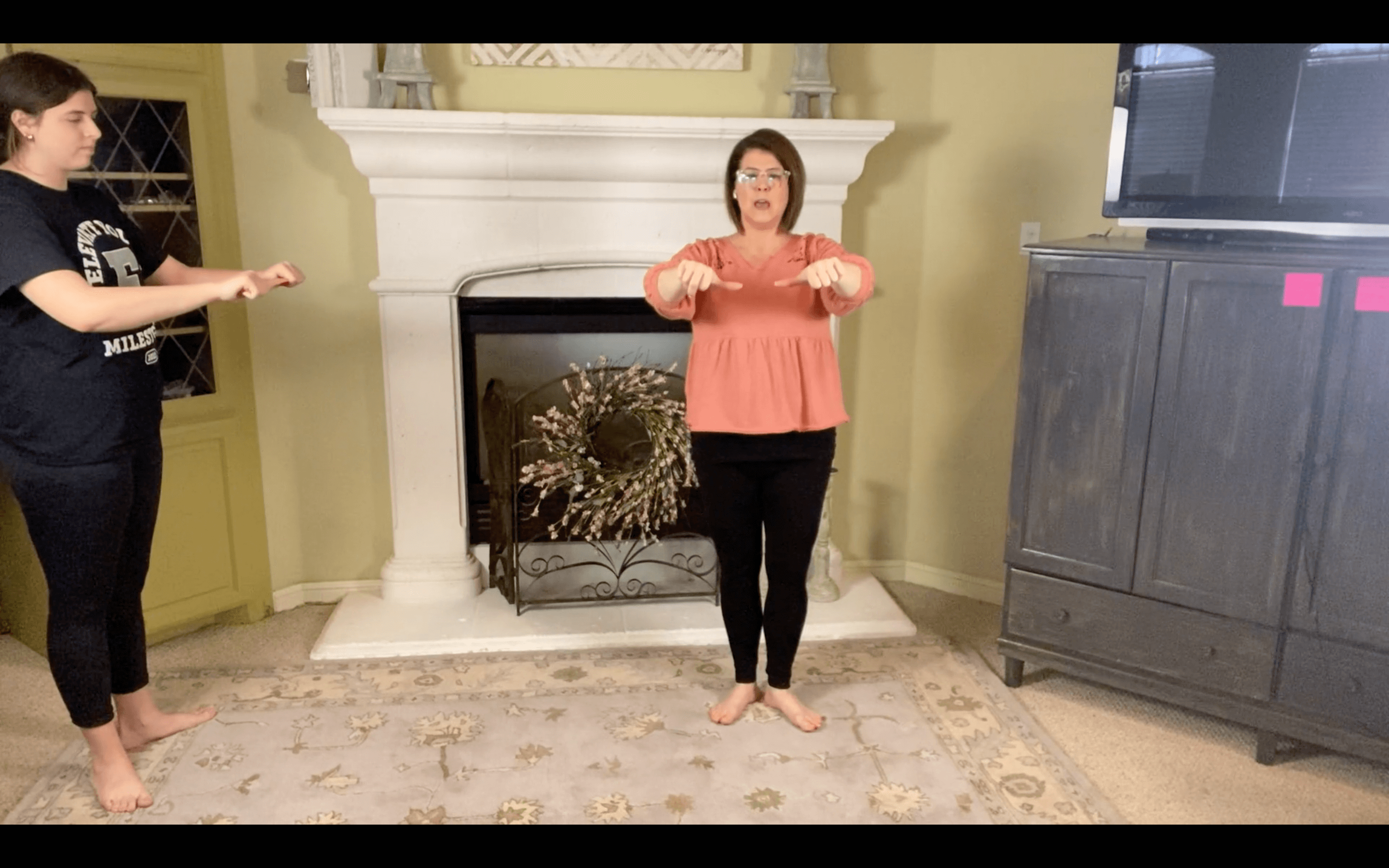Course Menu
-
Introduction
Course Outline
System Development
Understanding Fear Paralysis Reflex
Understanding Moro Reflex
Understanding Rooting Reflex
Understanding Babinski Reflex
Understanding Palmer Reflex
Understanding Spinal Galant Reflex
Understanding Tonic Labyrinthine Reflex (TLR)
Understanding Symmetrical Tonic Neck Reflex (STNR)
Understanding Asymmetrical Tonic Neck Reflex (ATNR)
-
Phase 1 Overview
Rhythmic Movement Training
Rooting Reflex Exercise
Palmar Reflex Exercise
Babinski Reflex Exercise
Spinal Galant Reflex Exercise
Moro Reflex Exercise
Optokinetic Reflex
Astronaut Training Slow
Wilbarger Brushing
Box Breathing
Hand Pulls
Meatball
Smooth Pursuits
Supine Rocking
1/2 Superman
Snow Angel
BALANCED BRAIN ~ THRIVING CHILD
Kim Lowack
Duck and Pigeon Walking with Stick

Duck and Pigeons are a continuation of the Moro Reflex integration process and should be completed as follows:
Technique: while holding a stick, the thumbs will face in the opposite direction that the toes are facing. When the toes are in the toe-in positions (pigeon) then the thumbs will face outward for holding the stick. When the toes are outward facing (duck) the thumbs will face inward.
Frequency:
- 1-2 x daily
- Walking forward 15-20 feet in both positions
- Walking backward 15-20 feet in both positions
Undesired reactions:
- holding breath.
- maintain arms in elbows straight position
- wavering of the arms up or down or side to side etc.
- toe curling
- walking on the edge of the feet
- the stick does not stay level.
- hands or arms turn while walking.
- upper body swaying
- upper body bends forward or backward.
- facial movements-clenched jaw, jaw moving, tongue sticking out.
- legs too straight-knees are locked while walking.
- legs too wide - like riding a horse
- hips rotate or twist